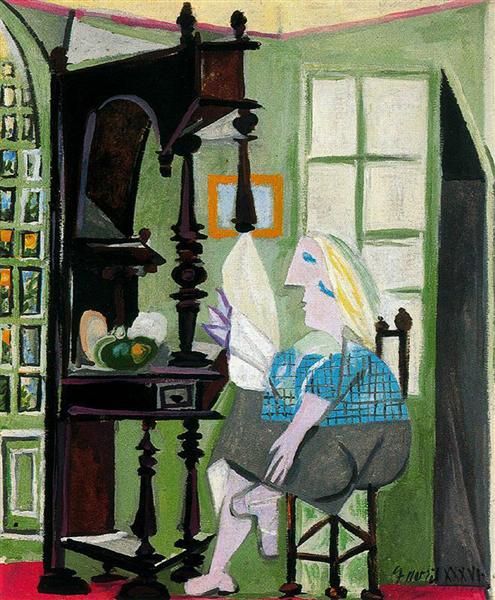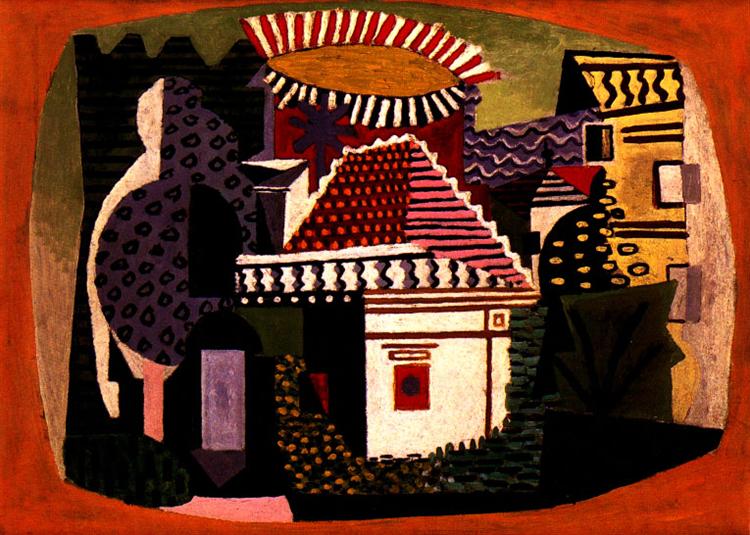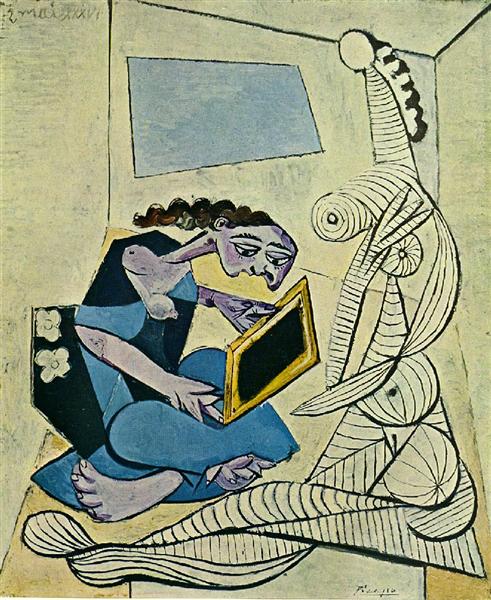The Dalí Museum
Jan. 29-May 22, 2022
Some of Pablo Picasso's most creative and prolific artistic periods took place during extended sojourns in the mountain towns of northern Spain and along the Mediterranean coast of France. An ambitious exhibition considers the artist’s deep and abiding connection to this cross-cultural region, where he made many of his most important contributions to modern art. Picasso and the Allure of the South presents 77 paintings, drawings and collages – approximately half of which have never been seen in the U.S. – from the Musée national Picasso-Paris, which holds the most significant collection of the artist’s work. Encompassing an exceptional selection of portraits, still lifes, figural studies and landscapes that reflect Picasso’s career-long rapport with the cultures of his homeland and southern France, the exhibition offers a new point of entry to the study of Picasso’s celebrated work. The exhibition will be on view at The Dalí Museum, the sole venue, beginning in January 2022.
Picasso and the Allure of the South is organized in collaboration with the Musée national Picasso-Paris and curated by Dr. William Jeffett, The Dalí’s chief curator. An illustrated catalog with essays by Jeffett and Emilia Philippot, the head of collections at Musée national Picasso-Paris, accompanies the exhibition.
“In partnership with the incomparable Musée national Picasso-Paris, The Dalí is proud to share this far-reaching exploration of the gravitational pull of southern Europe for Picasso and how it profoundly shaped his perspective, techniques and vision,” said Dr. Hank Hine, executive director of The Dalí. “Picasso and the Allure of the Southrepresents an exceedingly rare opportunity to experience masterworks by the artist through the innovative lens of place and cultural context.”
Picasso was born in Málaga, Spain, in 1881, and went on to become one of the most influential and celebrated artists of the 20th century. His travels and studios in northern Spain and the south of France, sites he returned to throughout his versatile career, were central to his towering creative achievements.
Organized by the years that Picasso was active in certain cities and regions in northern Spain and southern France, the exhibition features a wide range of the artist’s subjects, genres and styles dating from 1909 to 1972. Through a selection of drawings and collage, the first section addresses how specific places in northern Spain and in southern France – far from the major cities of Paris and Barcelona – inspired Picasso’s early experimentation and evolution of Cubism. Section two examines his shift to a more playful approach to Cubist idioms and considers to what extent the environment of the south impacted his compositions. The third section explores Picasso’s fascination with bullfights in a variety of media, as well as his use of the bull as a personal and political symbol. The exhibition concludes with a look at Picasso’s restless pictorial invention as he turned to the styles of surrealism and realism to develop a rich synthesis of the light and color of the south.
Highlights of the exhibition include several works that have never been on display in the U.S., including the canvasses
Portrait de Madame Rosenburg et sa fille (1918),
Femme au buffet (1936)
and La Baiser (1969) (Below).
Among the other exceptional works to be showcased are Nature morte à la table servie (1913),
Paysage de Juan-les-Pins(1920),
Femmes dans un intérieur (1936)
and Musicien (1972).
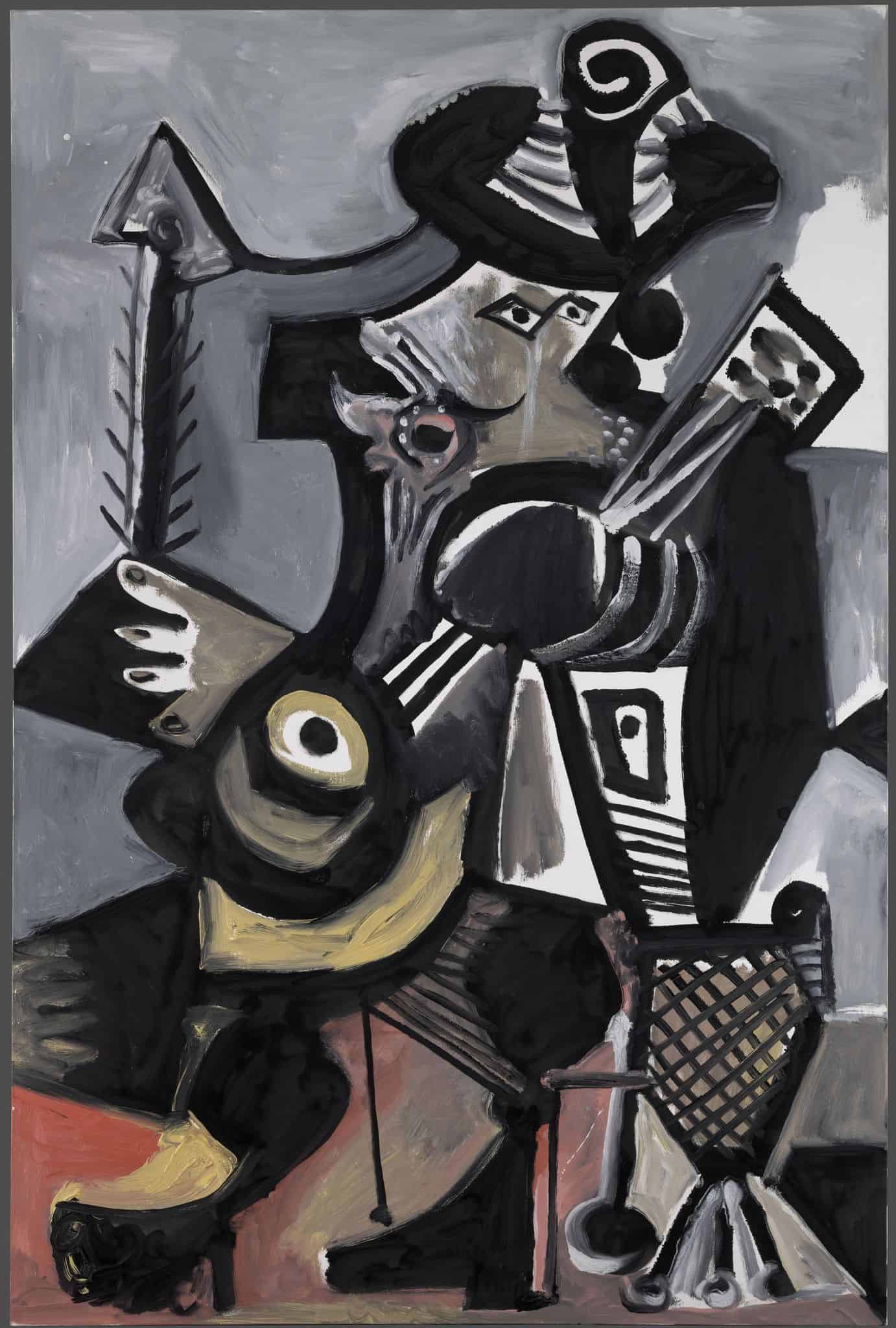
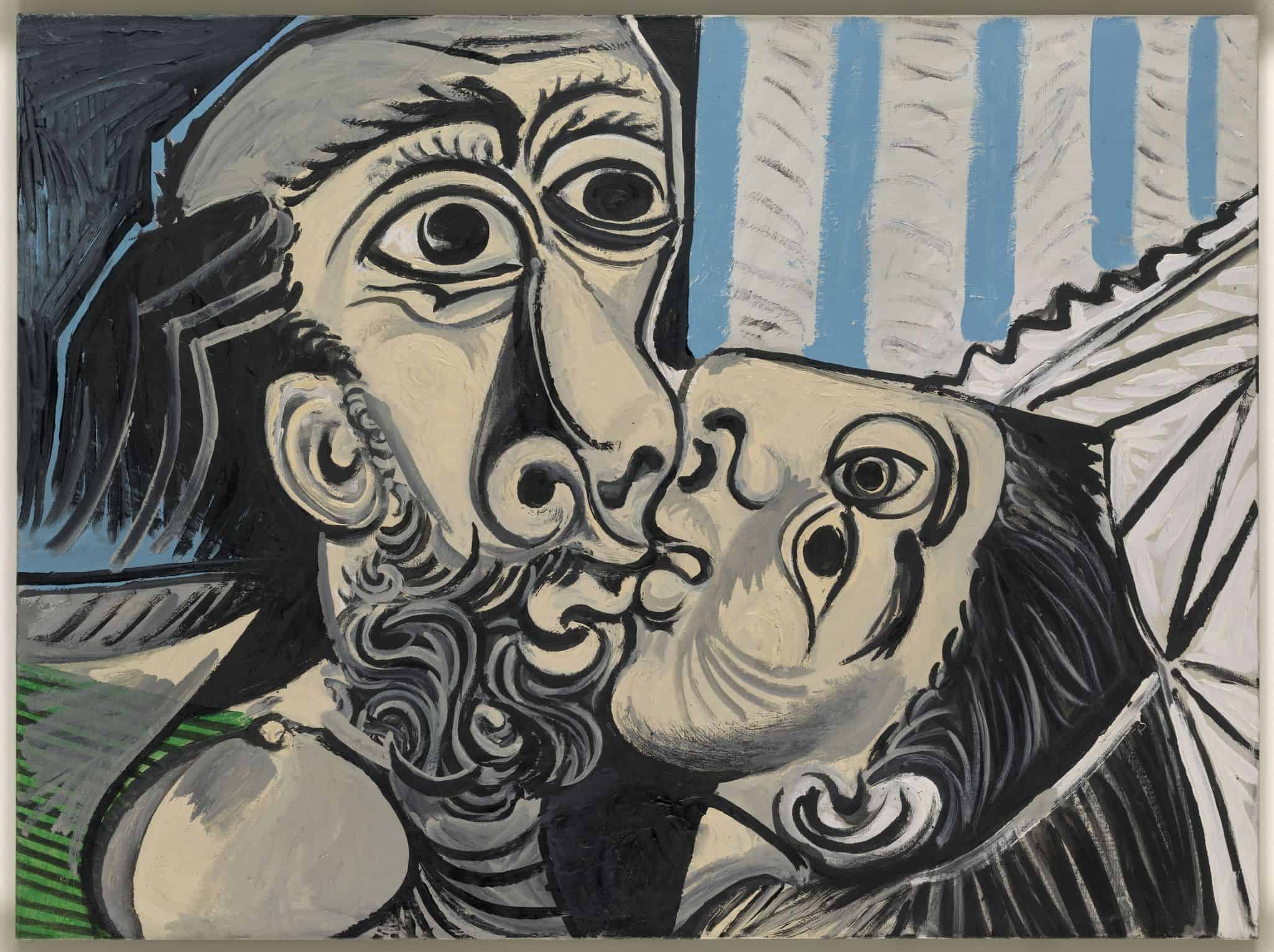
PICASSO Pablo
Musicien
Mougins, 26 mai 1972
Huile sur toile
Musée national Picasso-Paris
Dation Pablo Picasso, 1979. MP229
© 2021 Estate of Pablo Picasso / Artists Rights Society (ARS), New York
PICASSO Pablo
Le Baiser
Mougins, 26 octobre 1969
Huile sur toile
Musée national Picasso-Paris
Dation Pablo Picasso, 1979. MP220
© 2021 Estate of Pablo Picasso / Artists Rights Society (ARS), New York
About The Dalí Museum
The Dalí Museum, located in the heart of picturesque downtown St. Petersburg, Florida, is home to an unparalleled collection of over 2,400 Salvador Dalí works, including nearly 300 oil paintings, watercolors and drawings, as well as more than 2,100 prints, photographs, posters, textiles, sculptures and objets d’art. The Museum’s nonprofit mission, to care for and share its collection locally and internationally, is grounded by a commitment to education and sustained by a culture of philanthropy.
The Dalí is recognized internationally by the Michelin Guide with a three-star rating; has been deemed “one of the top buildings to see in your lifetime” by AOL Travel News; and named one of the 10 most interesting museums in the world by Architectural Digest. The building itself is a work of art, with a geodesic glass bubble nicknamed The Enigma, which features 1,062 triangular glass panels, a fitting tribute to Salvador Dalí’s legacy of innovation and transformation.
The Dalí Museum is located at One Dalí Boulevard, St. Petersburg, Florida, 33701. For more information visit TheDali.org.

